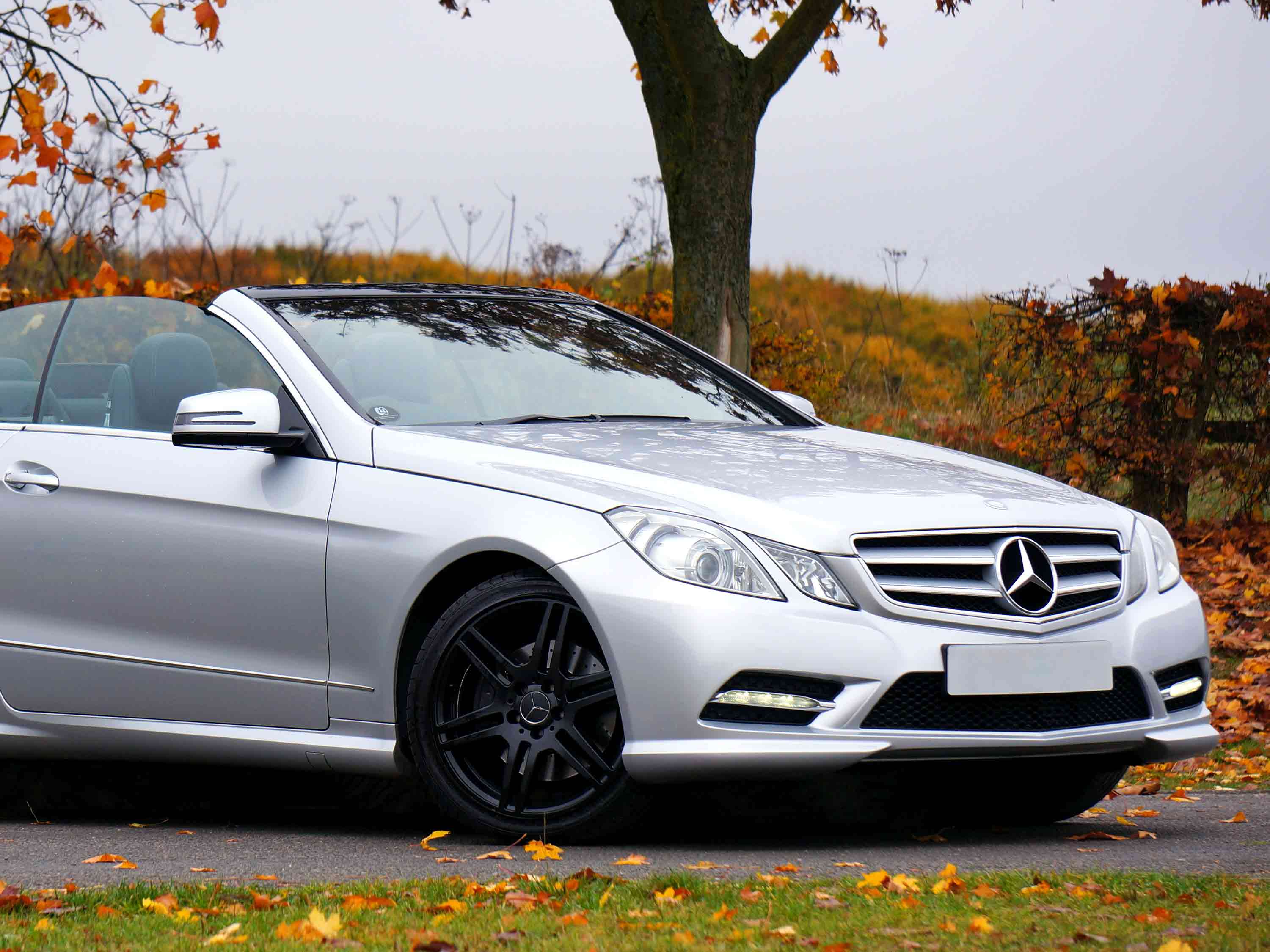The car bumper is a crossbar installed horizontally on the front and rear of the vehicle body to prevent obstacles from contacting the vehicle body or to cushion the impact of a vehicle collision. Impact rods come in various cross-sectional forms, from flat to round, from tubes to channels, and are composed of steel, wood, or rubber fabric. The connecting device is sometimes yielding and sometimes rigid.

The evolution of the bumper is reflected in the records of the Patent Office. Early types had yield connection parts and rigid impact parts. This is followed by a type with a rigid rod connected to the frame only by a coil spring, a type with a channel steel impact rod, and a type with round spring steel extending from the frame horn. Later, Western blacksmiths used rectangular spring steel, and later a similar non-reinforced bumper appeared. The middle was cut in half, the two ends overlap, and the overlapped parts were clamped together. For several years, development was limited to these types. Then a ring-shaped end type appeared, in which the impact rod was deployed vertically. This has led to the introduction of many bumpers with extended impact surfaces. In 1914 or 1915, flexible bumpers demonstrated their ability to protect cars traveling at 15 miles per hour. be introduced. These provide elastic yield resistance, the strength of which is proportional to the size of the impact and the available clearance.
Designing the most protective bumper only needs to provide the maximum allowable clearance and arrange the structure to make full use of the clearance under the maximum impact. The protection limit is determined by the deceleration rate that the most expensive components in the car can withstand and the practical limits of cost, weight, and clearance.
The Underwriters Laboratory conducted a central impact test on a fixed bumper, and the deflection obtained was equivalent to the deflection produced at 10 miles per hour. collision. However, the minimum and maximum deflection should be specified so that the bumper not only prevents contact but also provides cushioning.
The tempering of the spring is essential to keep the original shape of the bumper that makes full use of the available clearance in the protection function. Mild steel bumpers can be made to provide all possible protection for a collision, but after a few minor collisions, the appearance quickly becomes objectionable.
In recent years, few other accessories are installed on cars like bumpers, and the effect is not satisfactory. However, automakers ignored the regulations for their application. One or two additional holes will greatly simplify the work of installing them and will also reduce the cost of the car owner. The effect of bumping a bumper of the same height on a car is twice that of bumpers of different heights. Although the specifications cover this height, many aftermarket bumpers do not meet them. Awareness of aluminum bumper protection capabilities and closer cooperation between cars and bumper manufacturers will lead to a reduction in the ever-increasing number of car casualties.













